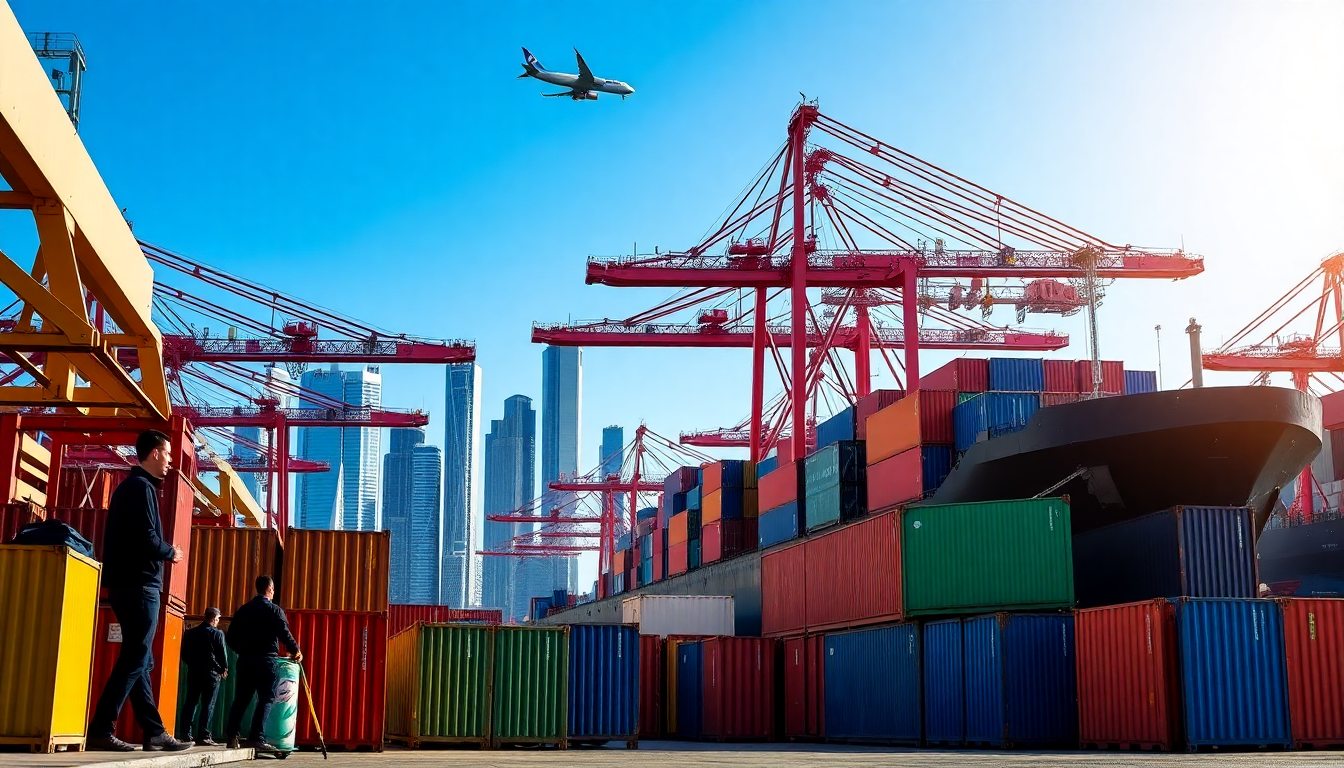Table of Contents
The current geopolitical landscape is shifting dramatically, particularly when it comes to the European Union’s relationship with the United States and China. Have you noticed how Europe is increasingly aligning itself with Washington’s trade policies aimed at containing China’s influence? This isn’t just about updating trade agreements; it’s a major redefinition of Europe’s role on the global stage.
Breaking Down the EU’s New Trade Framework
Consider the recent agreement between the US and the EU, known as the “Framework on an Agreement on Reciprocal, Fair, and Balanced Trade.” This deal has sparked intense discussions among political analysts and economists alike. Some argue that instead of a traditional negotiation, Europe is essentially capitulating to the US. By agreeing to the terms set by former President Donald Trump, the EU seems to be positioning itself as a supporter of American policies rather than maintaining its independence in international trade.
This framework goes beyond mere trade agreements; it reflects a significant shift in how Europe will manage its economic policies. For instance, Brussels has pledged to enforce US export control measures within its borders, giving up considerable control over its technological landscape. Such concessions could reshape the dynamics of power and influence within the transatlantic alliance.
What Does This Mean for Economic Sovereignty?
One of the more concerning aspects of this alignment is found in Clause 19 of the agreement, which introduces measures for “economic security alignment.” This clause forces European nations to closely examine foreign investments and limit capital flows, particularly those involving China. The phrase “non-market policies of third parties” is a clear nod to Beijing, reflecting a growing apprehension about Chinese economic expansion.
The implications are significant. By embracing these measures, Europe is not just compromising its economic sovereignty; it’s also potentially allowing American jurisdiction over European economic decisions—a shift that was previously resisted. This could lead to a one-size-fits-all policy approach that may not cater to the diverse interests of European nations.
Global Trade Dynamics at a Crossroads
The strategic implications of this realignment are vast. By closely aligning with US interests, Europe risks distancing itself from valuable economic partnerships with China, which has historically exploited divisions within the transatlantic alliance. This agreement effectively closes the door on the space China has used to navigate its economic relationships with Europe, possibly shutting down opportunities for investment and collaboration.
So, what does this mean for the future of international trade? Will Europe’s new alignment with the US enhance its global standing, or will it reduce its role to that of a mere facilitator of American policy? The answers to these pressing questions will unfold over the coming years as Europe grapples with this intricate landscape.
Conclusion: What Lies Ahead for the EU’s International Role?
In summary, the EU’s recent trade framework with the US marks a significant shift in its geopolitical stance. By compromising aspects of its sovereignty and stepping into the role of enforcing US policies, Europe is redefining its international role, with potential long-term repercussions for its relationships with both the US and China. As these developments progress, it will be essential for European leaders to rethink their strategies to ensure that the continent maintains a balance of power that aligns with its interests in an ever-more interconnected world.


